Highlights

Generative model unveils secrets of material disorder
December 04, 2023National University of Singapore (NUS) scientists have utilised generative machine learning models to explore the different methods in which atoms…
Read More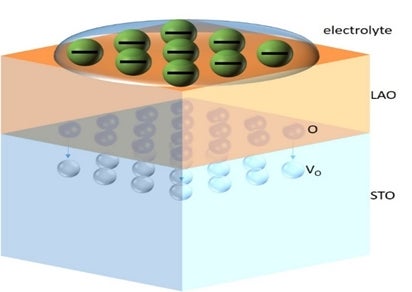
Oxygen migration at the heterostructure interface
January 10, 2019NUS physicists have developed a methodology to control the electromigration of oxygen atoms in the buried interfaces of complex oxide…
Read More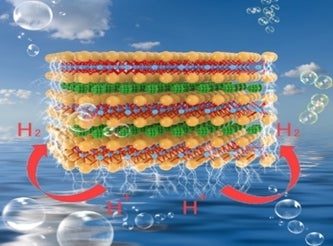
Hydrogen production in a confined space
July 20, 201720 Jul 2017. NUS chemists have developed a method to confine noble metal nanoparticles in layered, quasi-two-dimensional (2D) materials for…
Read More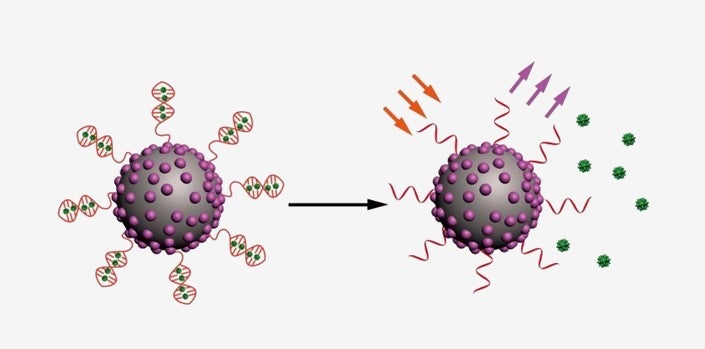
Deep tissue imaging and drug delivery
April 28, 201728 Apr 2017. NUS scientists have developed a simple yet versatile nanoparticle system for deep tissue imaging and drug delivery….
Read More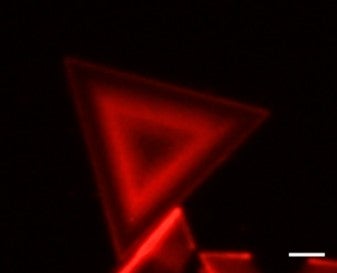
Fluorescent concentric triangles
December 19, 201619 Dec 2016. NUS physicists have discovered fluorescent concentric triangles in an atomically thin layer of semiconductor for potential optoelectronic applications….
Read More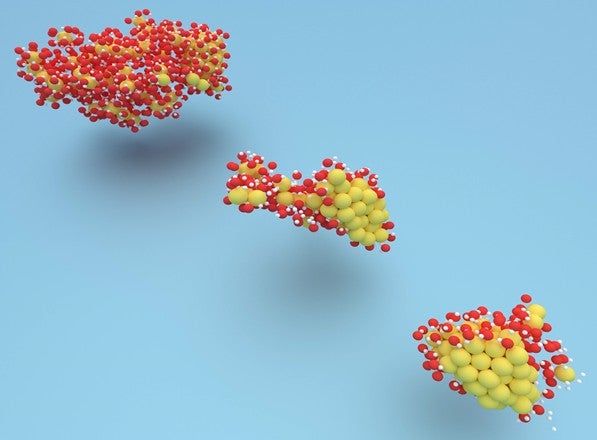
Tortuous path to nanocrystals
November 21, 201621 Nov 2016. NUS researchers observed the crystallisation of gold particles in real time in an aqueous solution in clear violation…
Read More
Recyclable nanocomposites for environmental remediation
August 08, 20168 Aug 2016. NUS scientists have developed multi-component nanocomposites which function as efficient visible-light photocatalysts with excellent magnetic recoverability. There is…
Read More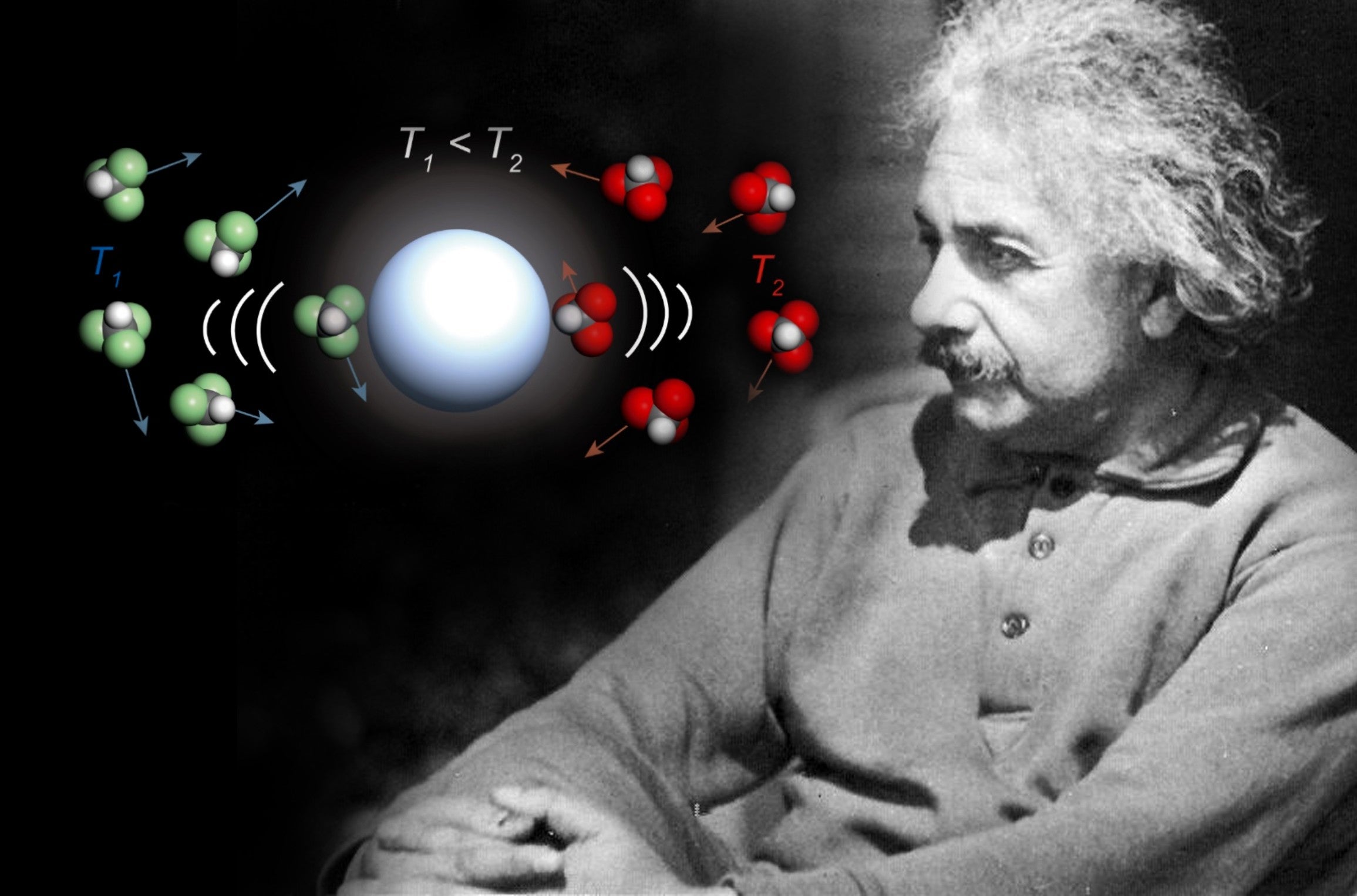
Lighting up Brownian ballistic velocity
July 05, 20165 Jul 2016. NUS scientists have co-developed an optical method for measuring the instantaneous Brownian velocity of colloidal suspensions in…
Read More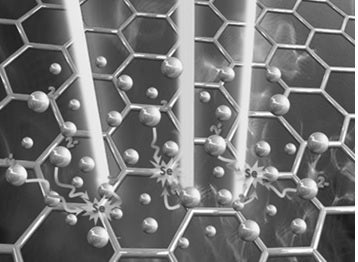
Lasers help heal atomic defects
July 02, 20152 Jul 2015 NUS physicists have healed the atomic defects in tungsten diselenide (WSe2) using a focused laser beam technique….
Read More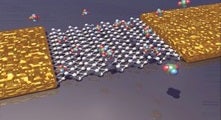
Manipulating ambipolar phospherene to improve performance of electronic and optoelectronic devices
March 21, 201521 Mar 2015 NUS scientists report for the first time an effective modulation on ambipolar phospherene FETs, through in situ…
Read More
Semiconducting electronic bandgap at boundaries
February 18, 201518 Feb 2015 NUS professors discovered semiconducting electronic bandgap tunability at grain boundaries in single atomic layer inorganic compound. Graphene…
Read More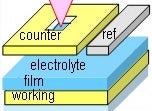
Enhancing electrical stability of plastic electronics
December 18, 201418 Dec 2014. NUS scientists in collaboration with Solvay OLED/ Plextronics scientists have identified the mechanism and resolved the undesirable…
Read More

